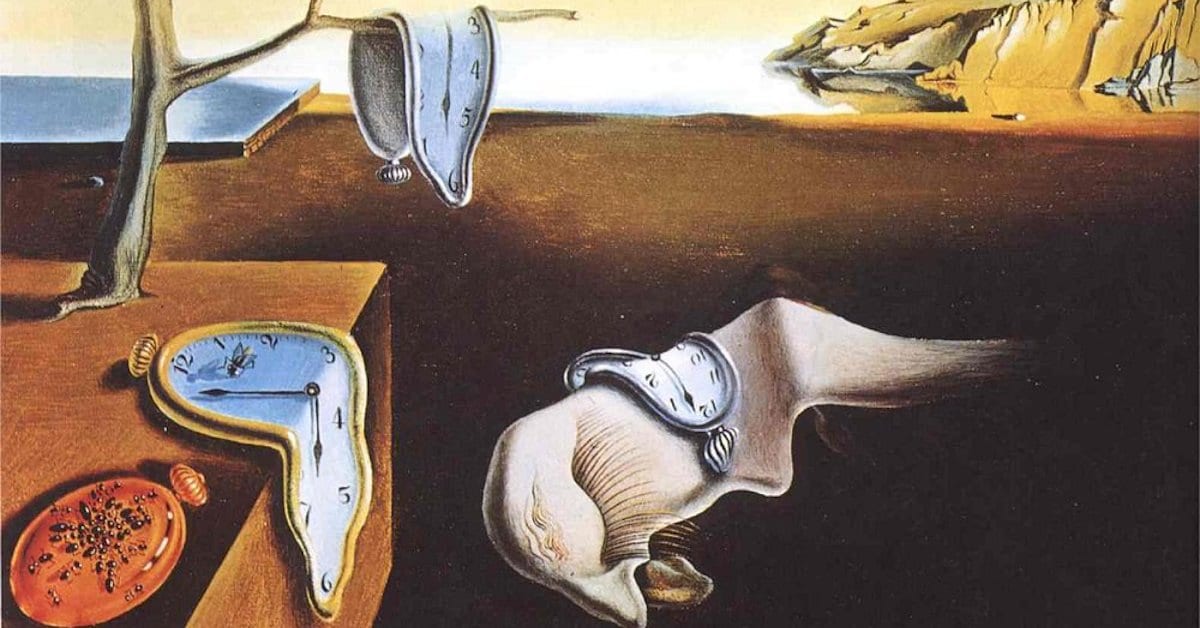

I urge physicians to read the article by Amanna and Slifka 12 before deciding about revaccination of a patient, which is an in-depth review concerning the safety and duration of immunity after yellow fever vaccination. In addition paediatricians in particular will have to take into account the lower responses in their patients. Indeed, the CDC recommendations and the prior WHO recommendations essentially leave the decisions about boosters to physicians who must weigh the likelihood that their patient is still seropositive 10 years after vaccination, and if the patient is going to a country in which yellow fever occurs, just where and for how long the patient will be at risk. may not be very useful to physicians practising travel medicine, as they will have to make judgement decisions regarding the likelihood that their previously vaccinated patients maintain antibodies. Furthermore, it is important to note that serious adverse events such as viscerotropic and neurotropic diseases have only been reported in first-time vaccinees and do not appear to occur with booster doses. 1, 9 Booster doses should be strongly considered for those individuals when ten years have elapsed since the previous vaccination. Those populations include HIV-infected individuals, children less than 2 years of age, immunocompromised patients, and those entering areas of high yellow fever risk. indicate, caution about the persistence of protection in them is in order. In addition, there are specific populations in whom immune responses are more likely to be poor, and as Lindsey et al. With respect to age, it is important to note that the elderly are not worse off than young adults, but children do not well maintain yellow fever antibodies. Of the other six studies, the percentages of seronegative persons 10 years post-vaccination were 76%, 81%, 75%, 93% (but only 69% in children), 95% and 65%. One study had only 24 subjects and another only 17 subjects. lists eight studies of duration of immunity after yellow fever vaccination. However, Table 4 in the article by Gotuzzo et al. The same recommendation was given by Gotuzzo et al., 6 also cited by Lindsey et al. reflects optimistic views that the need for revaccination against yellow fever is unnecessary. Hence, it would be best to test for B-cell memory, which could be protective through the rapid production of antibodies, though the incubation period of yellow fever is relatively short, that is, 2−9 days. and is of doubtful value in preventing infection. 4 However, T-cell immunity was not determined in the patients reported by Lindsey et al.

3 CD4+ T cells are also important, presumably for their function as helpers to other immune parameters.

The role of antibody as the correlate of protection from acquisition of the virus has been established, and while CD8+ T cells are important in controlling infection if it occurs, they do not prevent acquisition. Yellow fever is a devastating disease with high mortality and increasing geographic range, 2 so caution may be justified in relying on protection beyond 10 years. Their major finding is that 92% of vaccinees have antibodies against yellow fever in the first 10 years post-vaccination, falling to 82% in those who were vaccinated more than 10 years before test. express confidence in protection by the vaccine given prior to 10 years, except in subjects who are immunocompromised or who will be in a high-risk area for yellow fever. However, in my view their recommendations may be insufficiently conservative. Their conclusion that antibody wanes over time, but that the majority of vaccinees retain seropositivity beyond 10 years is certainly valid. in this issue of the Journal of Travel Medicine 1 provides useful new data on the persistence of antibody to yellow fever after vaccination with the live, replicating vaccine that has been in use for over 50 years.


 0 kommentar(er)
0 kommentar(er)
